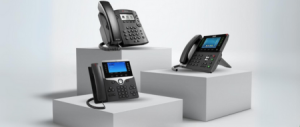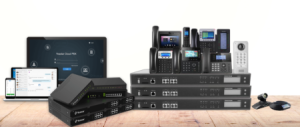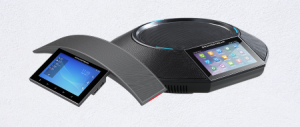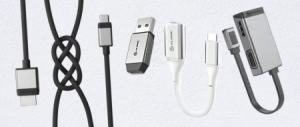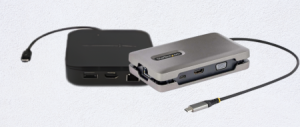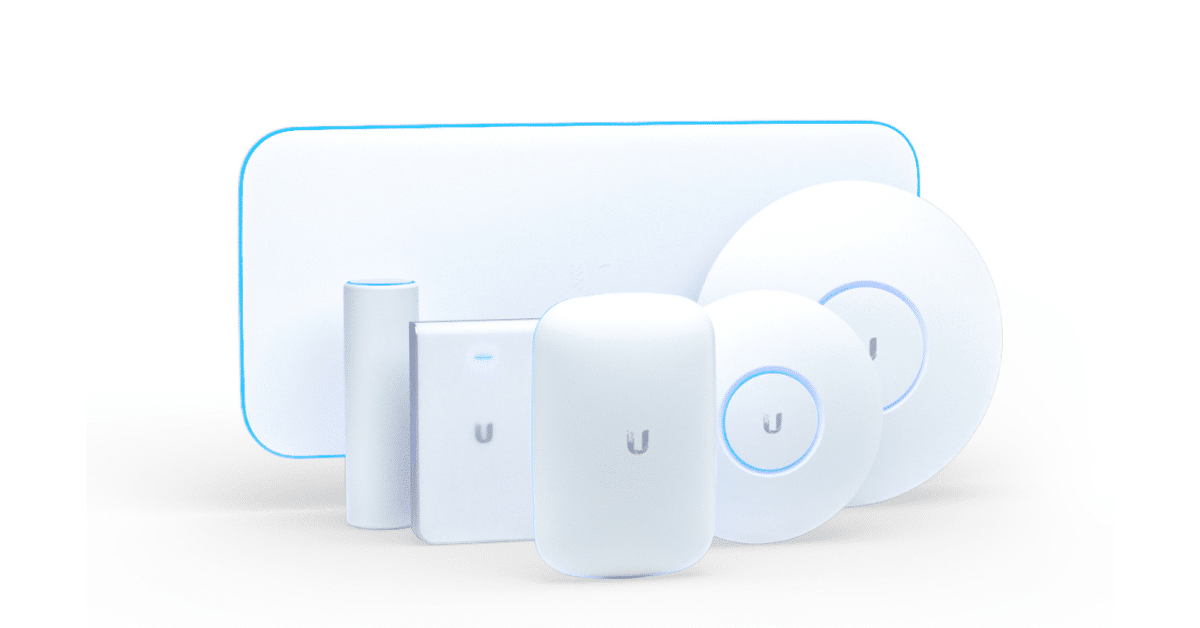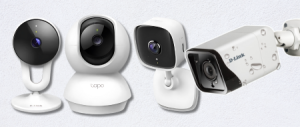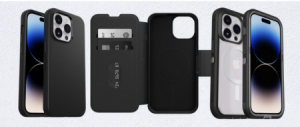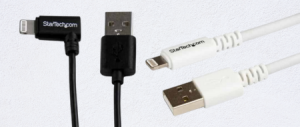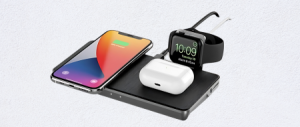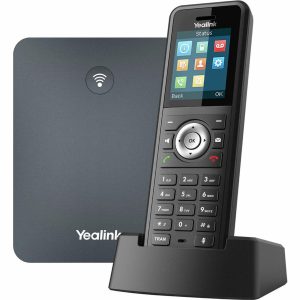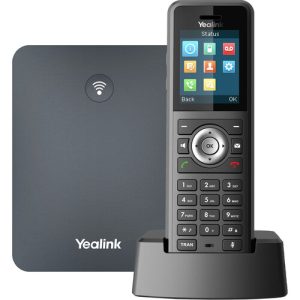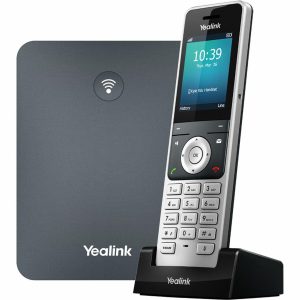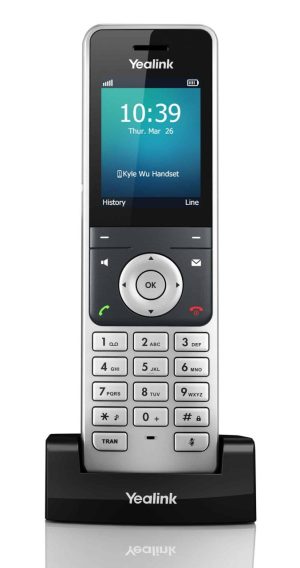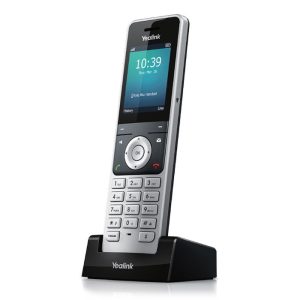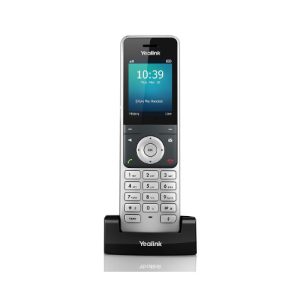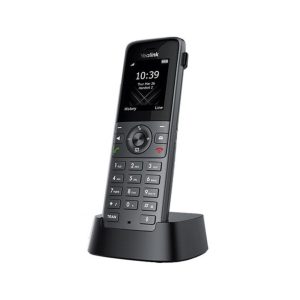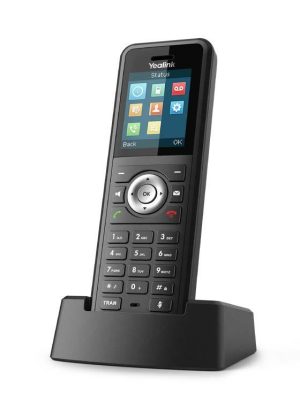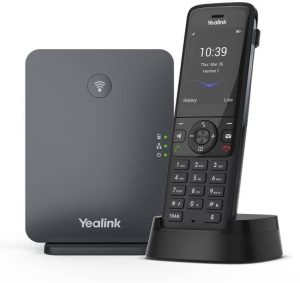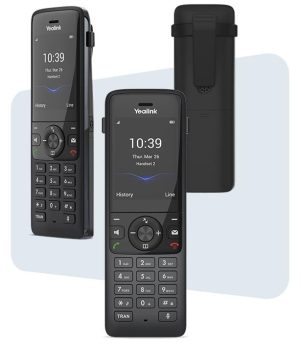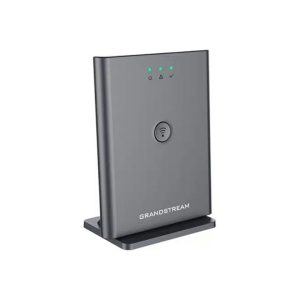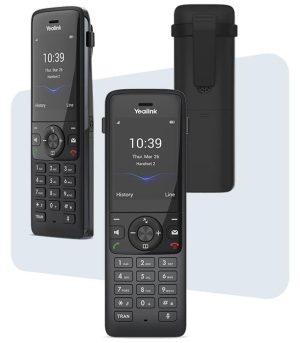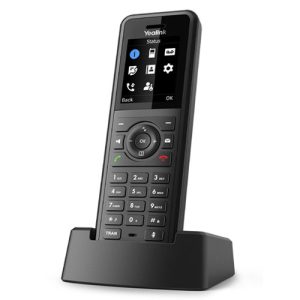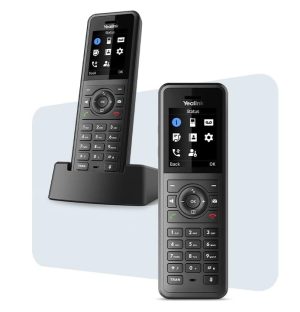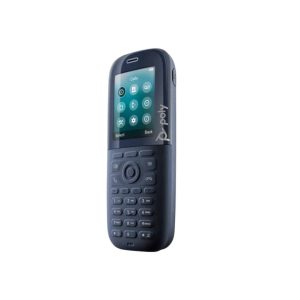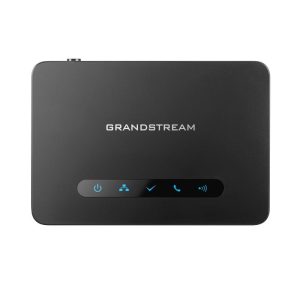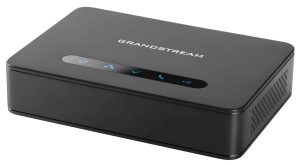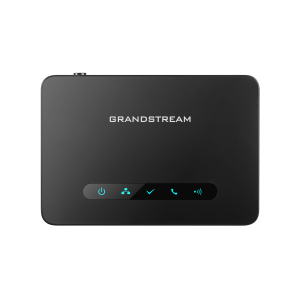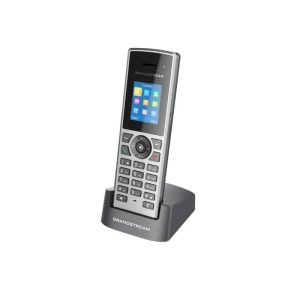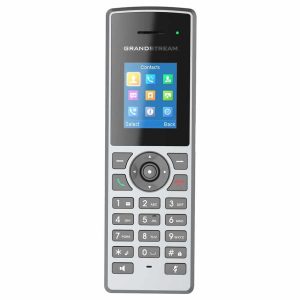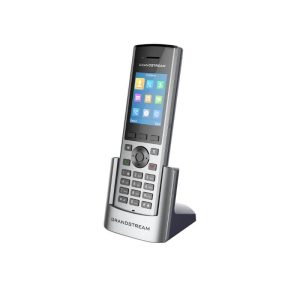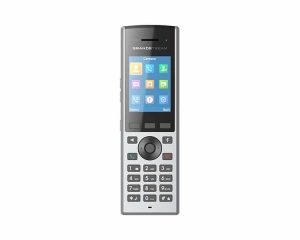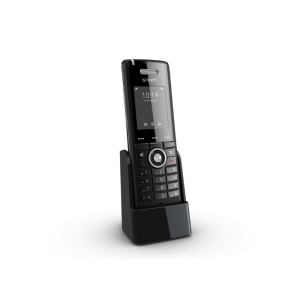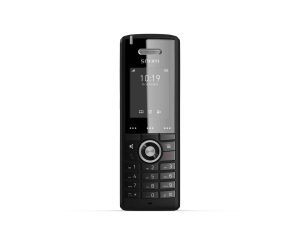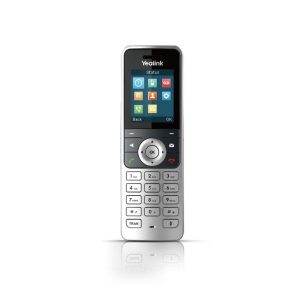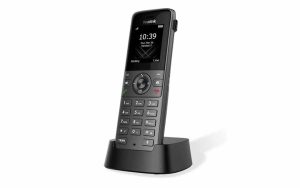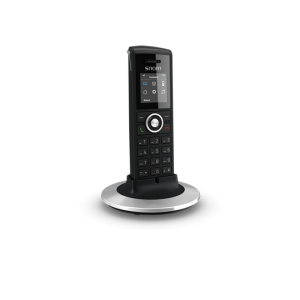DECT Phones - Cordless Solutions for Communicating System
Shop MyITHub for DECT phones (cordless phones) from Yealink, HP, Snom, Gigaset, Grandstream and more for home and office. Enjoy the best prices at MyITHub.
DECT (Cordless Phone) systems empower staff to collaborate and respond to customer needs efficiently, regardless of location within the office or building. The enhanced communication fosters a dynamic work environment, ultimately contributing to a company's overall success.
What is DECT Phone?
DECT (Digital Enhanced Cordless Telecommunications) phones are telephones that use Digital Enhanced Cordless Telephony (DECT) technology for cordless phones.
Unlike traditional phone sets that are fixed on walls, DECT handsets are interconnected wirelessly with the base station. Therefore, this explains why Digital Cordless phone is popular in many places such as offices, buildings, and warehouses where people move around while still on phone calls.
Today's dynamic business landscape requires a seamless communication process to maximize productivity and growth, and DECT phones are the solution. DECT is a cordless solution offering exceptional call quality and mobility for businesses of all sizes.
What are the Advantages of DECT phone?
There are several advantages of Digital Cordless phone instead of traditional wireless home or office phone systems:
- Coverage up to 300 meters outdoors, and up to 50 meters indoors.
- Enhanced security with a dedicated frequency, minimizing eavesdropping risks.
- Energy efficiency for longer calls and reduced energy bills.
- Crystal clear calls compared to older cordless phones.
- Connect multiple handsets to a single base station.
- Free internal calls between handsets on the same base station.
- Handsets can be used at various base stations.
- Multi-vendor compatibility with the same base station.
- Seamless handover for uninterrupted conversations.
How Does the DECT System Work?
The DECT system contains two basic components: a base station and a handset. These components constantly communicate, with the base station acting as a bridge to the phone network and the handset functioning as your portable phone.
Incoming calls are forwarded from the base station to the handset. Conversely, your voice goes back to the base station via the handset for transmission.
Notably, DECT offers a significant advantage over WiFi or Bluetooth - a mere 10 milliseconds of delay when transmitting information. Multiple base stations can be linked together to extend coverage in large areas.
What are the Popular Brands of DECT Phones?
Moving beyond traditional landline phones, Digital Cordless phones offer a powerful cordless solution for businesses and homes alike. Here's a look at some of the leading brands in the DECT phone market:
- Yealink: Known for scalability, Yealink DECT phones cater to various work environments with robust batteries, extensive coverage, and advanced features. They boast impressive talk times and standby durations, making them ideal for long-lasting use.
- Gigaset: Gigaset offers a variety of DECT phones to suit different needs. Some models come with answering machines, speakerphones, or large buttons for easy use. They even have a "life series" designed for user-friendliness and exceptional sound quality, perfect for those with hearing aids.
- Grandstream: Grandstream's DECT solutions offer affordability and a suite of powerful features. Their cordless phones cater to diverse environments, from warehouses to homes. As a leading manufacturer of VoIP solutions, Grandstream prioritizes cost-effectiveness, security, and open standard compatibility.
- Snom: Snom's DECT M-Series offers a comprehensive system including handsets, headsets, bases, and even an asset tracking solution. That’s why they are ideal for businesses needing a DECT phone system with advanced features like multi-cell networks and location tracking.
How Can the IP DECT System Improve Your Businesses?
Traditional phone systems often limit communication for mobile staff. IP DECT systems bridge this gap, enhancing collaboration and overall business efficiency with these solutions: enhanced communication, improved staff protection, faster responses to alarms and equipment failures, increased security, and better task management with PTT.
- Enhanced Communication: DECT phones empower both mobile and desk-based staff. Imagine IT teams resolving issues on-site without needing to find a phone. DECT systems also eliminate the need for multiple devices; a Digital Cordless phone can replace a desk phone, ensuring calls always reach the right person.
- Improved Staff Protection for Lone Workers: Many businesses rely on lone workers. While this can be productive, it raises safety concerns. DECT handsets with SOS buttons provide immediate help when needed. These buttons trigger alerts on colleagues' DECT phones , displaying the lone worker's location and details for a swift response.
- Faster Response Times to Alarms and Equipment Failures: Manufacturing facilities often rely on automated processes with minimal manual intervention. However, equipment failures can disrupt production. Integrating DECT with these systems sends alarm details directly to maintenance teams' DECT phones , ensuring prompt responses and minimizing downtime.
- Increased Security and Streamlined Site Access: DECT systems can integrate with access control systems to streamline site access. For instance, delivery personnel can now reach employees directly on their DECT phones for gate access, eliminating wait times and frustrations.
- Enhanced Task Management with PTT: Push-to-Talk (PTT) is a powerful feature on select IP DECT systems. PTT eliminates dialing and waiting; a simple button press broadcasts messages to designated teams for immediate action. For instance, supermarket staff can use PTT to report spills or hotel concierges can request assistance with guest luggage.
FAQs
Here are some commonly asked questions about DECT phones .
What are the differences between a DECT and a WiFi phone?
The core differences between a DECT and WiFi phone include:
- Design purpose: DECT is mainly applied to telephony. Meanwhile, Wi-Fi is mainly applied to computer devices.
- Connection: DECT requires a base station and additional hardware to send and receive phone calls. Wi-Fi eliminates that usage need when picking up a wireless signal directly from your router.
- Battery life: DECT handsets’ battery life is typically longer
What are DECT’s security features?
Digital Cordless phone prioritize security through encryption. They utilize advanced algorithms like AES to scramble calls and data before transmission, safeguarding them from eavesdropping and unwanted access.
Therefore, your conversations and information can remain confidential.
What are the primary applications for DECT Phones?
DECT phones serve various purposes:
- Cordless telephony: Provide a cordless solution for secure, private calls with a significant range from the base.
- Wireless PBX/VoIP extensions: Business settings enable mobile voice access by connecting wireless headsets and handsets to PBX/VoIP extensions using DECT phones.
- Audio transmitters: DECT allows wireless stereo audio streaming from a music source to speakers in multiple rooms.
- Wireless sensors: DECT facilitates IoT communication with sensors that have a multi-year battery life. It supports interoperable connected home sensors for smart home automation.

